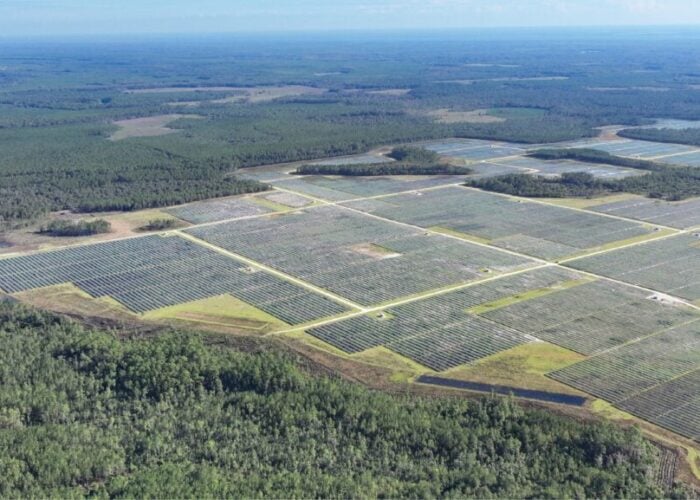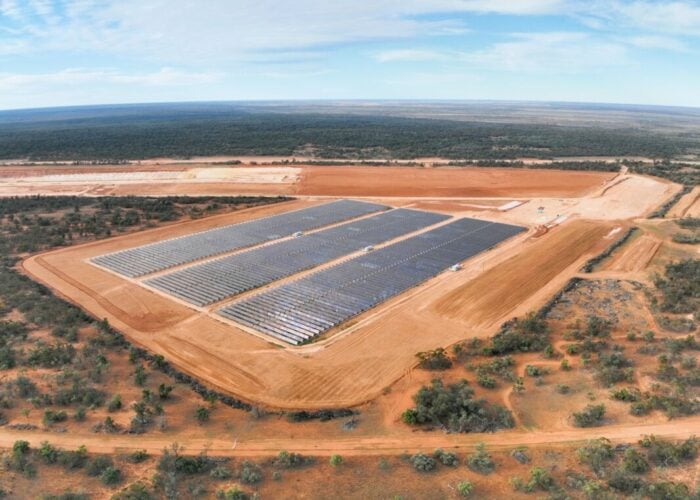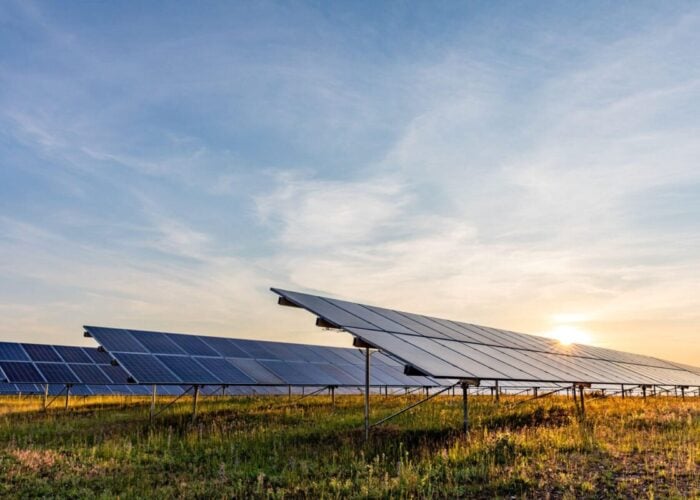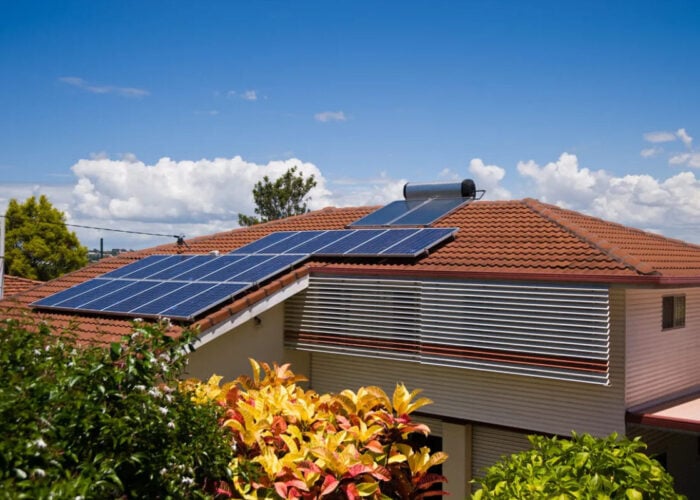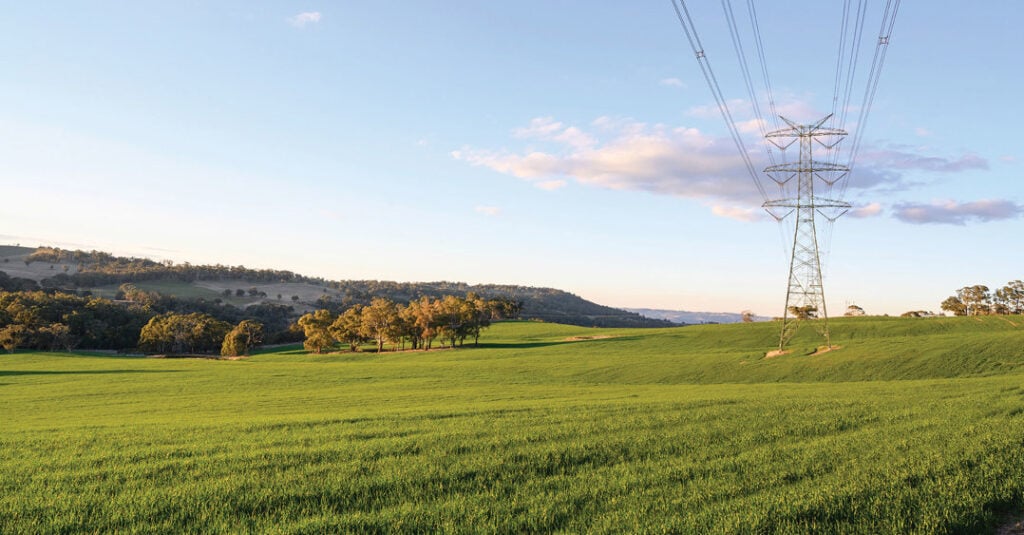
Australia’s transmission line infrastructure project HumeLink is now open for connection to solar, wind and energy storage facilities.
The 500kV line in New South Wales is set to unlock up to 3GW of renewable energy capacity for the grid and has achieved ‘considered project’ status under the National Electricity Rules, enabling developers to formally lodge connection enquiries.
Try Premium for just $1
- Full premium access for the first month at only $1
- Converts to an annual rate after 30 days unless cancelled
- Cancel anytime during the trial period
Premium Benefits
- Expert industry analysis and interviews
- Digital access to PV Tech Power journal
- Exclusive event discounts
Or get the full Premium subscription right away
Or continue reading this article for free
The main construction of HumeLink, linking Wagga Wagga, Bannaby and Maragle, will start in the coming weeks, delivering 365km of new transmission lines and upgrades at four substations.
“Once the project is connected to the network, the line will unlock the Snowy Hydro Scheme expansion project, Snowy 2.0, which will provide an additional 2,200MW of on-demand energy into the grid – enough energy storage to power three million homes for a week,” said Jason Krstanoski, acting executive general manager of network at Transgrid, which is responsible for the project.
The project is expected to provide over AU$1 billion (US$651 million) in net benefits by increasing access to affordable, sustainable energy for Australian homes and businesses.
Furthermore, Krstanoski added that HumeLink will enable more renewable and storage projects to connect to the NSW grid, strengthening reliability and sustainability, and that Transgrid is ready to help customers connect quickly to support generation and emissions targets.
The news follows New South Wales’ publishing of new renewable energy targets, including the installation of 16GW of clean energy generation capacity, for which new grid infrastructure will be essential. The progress at HumeLink also follows the investment of AU$1.6 billion into transmission infrastructure in Western Australia.


